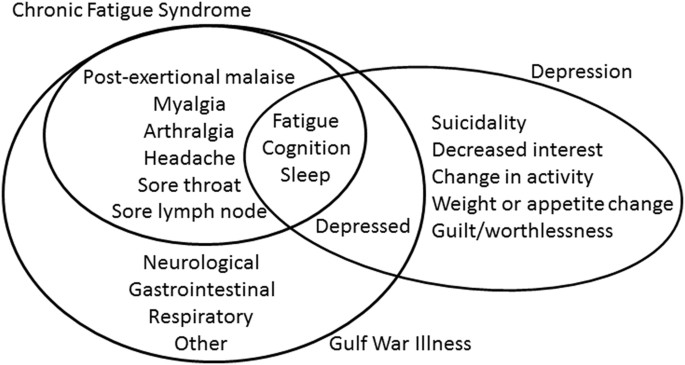
One case–control study involving 112 participants concluded that electrodermal analysis may be useful in the differential diagnosis of CFS/ ME and depression. In the mainly case–control studies, the head-up tilt test, a panel of five laboratory tests (fibrinogen, prothrombin fragment 1 + 2, thrombin-anti-thrombin complexes, soluble fibrin monomer ( SFM) and platelet activation (CD62P, ADP)), a test for auditory brainstem responses and electrodermal analysis were able to discriminate between people with CFS/ ME and mainly healthy controls. Of the 27 studies that met the inclusion criteria, only six were not of a low quality (level 3 or 4, where there was a higher risk of bias from various sources). The studies reviewed for question 2 assessed the utility of potential diagnostic tests. Summary of evidence presented in Appendix 1 Of course, should new symptoms develop, particularly ‘red flags’, the working diagnosis must be reviewed and further investigations instituted.ĥ.1.5.1. This is needed to determine whether the condition meets diagnostic criteria for CFS/ ME, or whether it is some self-limiting condition. Observation, over a limited period of time, in those patients with suggestive clinical features and negative investigations forms part of the process of diagnosis. ‘Red flags’ ‡ in the history and examination indicate the need for urgent specialised investigation. The patient is likely to be justifiably worried, and the clinician should investigate any symptoms that may indicate the presence of other serious conditions. Investigations have a particularly important role in ruling out the presence of alternative diseases.

It is important to explore the nature of the fatigue (as with other symptoms), because the patient will then be able to clarify how different this experience is from everyday fatigue or fatigue associated with some other conditions.Ī positive provisional diagnosis is most likely to be achieved by setting aside sufficient time to characterise the history upon which a diagnosis depends, and to recognise characteristic features, such as delayed symptoms (fatigue and malaise) after over- activity.Ĭonsequently, diagnosis rests on the alertness of the clinician to the possibility of CFS/ ME and a systematic approach to history-taking, examination and observation, assisted by the use of various investigations to rule out the possibility of other conditions. The diagnosis depends on recognition of a characteristic set of symptoms (see recommendations), appropriately classified according to type/range and by the affecting factors. However, clinicians can use pattern recognition to facilitate the diagnosis process. CFS/ ME cannot be diagnosed by any test currently available.


 0 kommentar(er)
0 kommentar(er)
